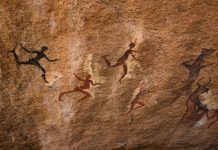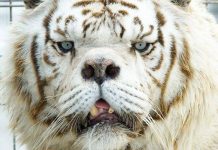In order to combat the consequences of drought and heat waves, an antiquated fire prevention approach has been reintroduced. Additionally, it promotes biodiversity.
Barcelona’s newest firefighting recruits started gingerly picking past walkers and cyclists in the largest public park of the city earlier this year, trading sirens for bells and armed with insatiable appetites. The four-legged task force’s sole objective was to consume as much greenery as they could.
As officials throughout the world struggle to contain an increase in wildfires, their arrival made Barcelona one of the newest cities to adopt an antiquated technique.
The concept is straightforward: grazing animals are allowed access to wildfire-prone regions so they can gnaw and stomp dry foliage that would otherwise collect as fire fuel. The result is a landscape peppered with open spaces that can serve as firebreaks, regardless of whether the animals are semi-wild or under the control of a shepherd.
Other advantages of grazing include the fact that the animals spread seeds and fertilize the soil as they pass across it and that their rather indiscriminate feeding habits promote biodiversity by reducing the competitive advantage of some plants.
Nearly two decades ago, the southern region of Andalusia started paying shepherds to go over its overgrown plains and valleys with their cattle. As a result, other regions of Spain embraced the tactic. Since then, the regional program has grown to encompass more than 100,000 animals, sparing the government an estimated $75,000 compared to having the field manually removed.
Plans are currently being made in Barcelona to increase it to as many as three flocks and possibly more green spaces. According to Eloi Badia, the Barcelona municipal councillor for climate emergency and ecological transition, the animals ended up caring for 72 hectares of the park. But they also made other, less obvious changes to the city. “There was this boom of residents who wanted to visit the animals, it became the quintessential family activity,” he said. “So it also had this social and cultural impact.”


